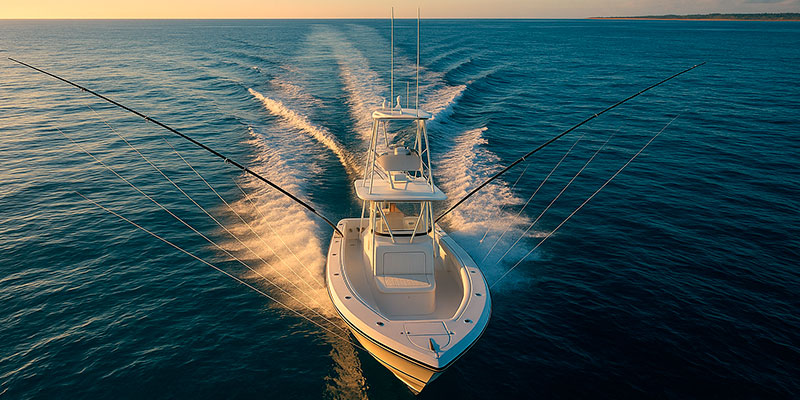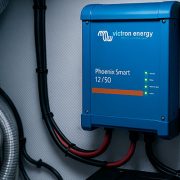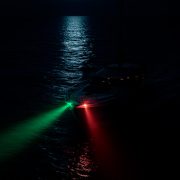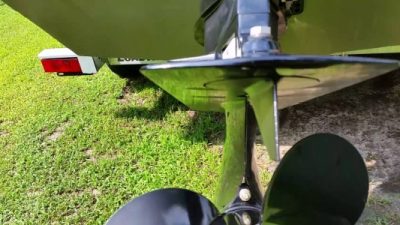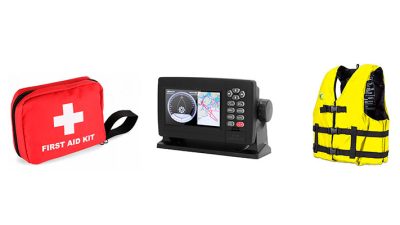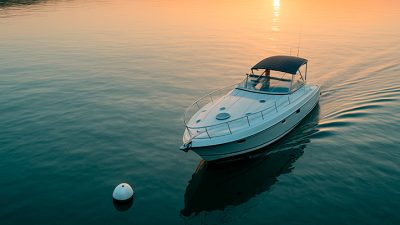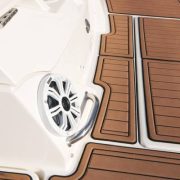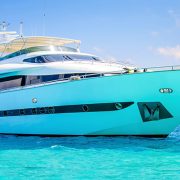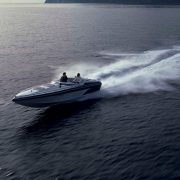What Are Outriggers on a Boat?
Outriggers are long poles mounted on boats to spread fishing lines away from the hull while trolling. In yacht equipment and boats spare parts, outriggers are considered essential for offshore fishing because they reduce tangling, cover more water, and improve lure presentation.
Quick Definition
Boat outriggers are aluminum or carbon fiber poles, mounted on the sides or towers of fishing boats and yachts. Fishing lines are clipped to these poles and spread out wide, simulating a school of baitfish to attract tuna, marlin, mahi-mahi, and other pelagic species.
How They Work
- Deploy outrigger poles outward at a 25–45° angle.
- Run halyards (thin control lines) through pulleys to the pole tips.
- Attach fishing lines to release clips on the halyards.
- Troll lures at staggered distances to cover more strike zones.
- When a fish strikes, the clip releases the line, and the angler fights directly on the rod.
Benefits of Outriggers
- Wider trolling spread – cover more water at once.
- Reduced tangles – lines stay separated from each other and the boat’s wake.
- More natural lure action – lures run in clean, undisturbed water.
- Higher chances of multiple strikes – more baits in the water at different depths.
Types of Outriggers
- By material: aluminum (durable, affordable) or carbon fiber (lightweight, premium).
- By length: 12–15 ft for small boats, up to 30 ft for large yachts.
- By mechanism: fixed, telescopic (easy to store), electric, or hydraulic (for quick deployment).
- By mounting: gunwale bases, T-top mounts, hardtop mounts, or tower mounts.
Choosing the Right Outriggers
| Boat Size | Pole Length | Mount Type | Notes |
|---|---|---|---|
| 18–24 ft | 12–15 ft | T-top or gunwale mount | Telescopic poles for compact storage |
| 25–32 ft | 15–22 ft | Hardtop or strong T-top mount | Carbon fiber helps reduce weight |
| 33–42 ft | 20–25 ft | Hardtop or tower mount | Double halyards and heavy-duty clips recommended |
| 43+ ft | 25–30 ft | Tower mount | Best with electric or hydraulic systems |
Key Spare Parts and Accessories
- Outrigger poles (aluminum or carbon fiber)
- Bases (rotating, fixed, or hydraulic)
- Rigging kits (halyards, pulleys, weights, hardware)
- Release clips (adjustable tension)
- Center rigger (optional extra line down the middle)
Installation Tips
- Reinforce mounts with backing plates for strength.
- Position bases to avoid interference with antennas or rods.
- Seal all fasteners with marine sealant to prevent corrosion.
- Route halyards cleanly to avoid wear and chafing.
Rigging and Trolling Advice
- Stagger lure distances (short, medium, long) for a natural school effect.
- Adjust clip tension to match lure drag and fish species.
- Use teaser lines on outriggers to raise fish without hooks.
- Keep lures outside the prop wash in clear water.
Maintenance
- Rinse with fresh water after every trip.
- Lubricate moving parts with marine grease.
- Check halyards and knots; replace worn rigging.
- Tighten all fasteners regularly to handle vibration and waves.
FAQ
Do I need outriggers for inshore fishing?
Not usually. They are mainly for offshore trolling with multiple lines.
Aluminum vs carbon fiber?
Aluminum is affordable and tough, carbon fiber is lighter and ideal for larger boats.
Are telescopic outriggers strong enough?
Yes, modern telescopic designs are engineered for offshore use.
What about electric or hydraulic outriggers?
They make deploying and stowing poles easier and safer, especially on tall yachts.
Conclusion
Outriggers on a boat are one of the most effective upgrades in yacht equipment and boats spare parts for offshore fishing. They spread lines wider, improve lure action, and maximize your chances of success. With the right choice, installation, and care, outriggers can serve as reliable tools for years of productive fishing trips.

